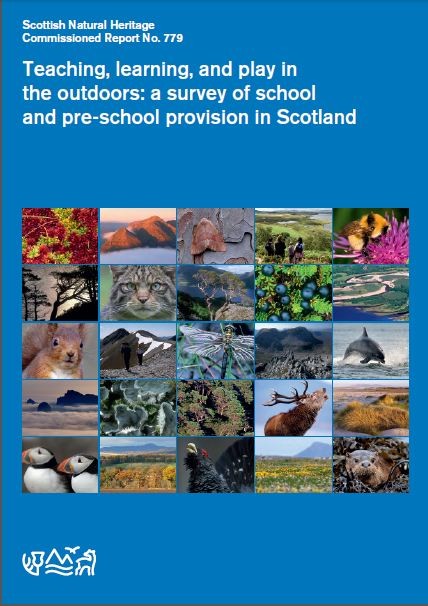 Dreghorn Primary School in North Ayshire will host an LfS-focussed outdoor learning showcase on Thursday 28th May from 4pm to 6pm. The event is aimed at practitioners and leaders across North, East and South Ayrshire and is bookable via the North Ayshire CPD service.
Dreghorn Primary School in North Ayshire will host an LfS-focussed outdoor learning showcase on Thursday 28th May from 4pm to 6pm. The event is aimed at practitioners and leaders across North, East and South Ayrshire and is bookable via the North Ayshire CPD service.
Presentations from practitioners, learners and Education Scotland staff will be followed by a “market place” event where delegates can discuss outdoor learning approaches with a range of key partners. Grounds for Learning, the Soil Association, the Royal Highland Education Trust, the John Muir Trust, Outdoor and Woodland Learning Scotland, Keep Scotland Beautiful and the Adventure Centre for Education will be joined by the North Ayrshire Ranger service.
These providers will be on hand to offer advice and support on delivering outdoor learning as a regular, progressive curriculum-led experience for all learners.
For further information, contact Julia Kerr at Dreghorn Primary School.



 Taking learning outdoors is an important aspect of learning for sustainability. In the recent,
Taking learning outdoors is an important aspect of learning for sustainability. In the recent, ![d2dlogo_big[1]](https://blogs.glowscotland.org.uk/glowblogs/public/lfsblog/uploads/sites/2744/2015/02/d2dlogo_big1.jpg)
